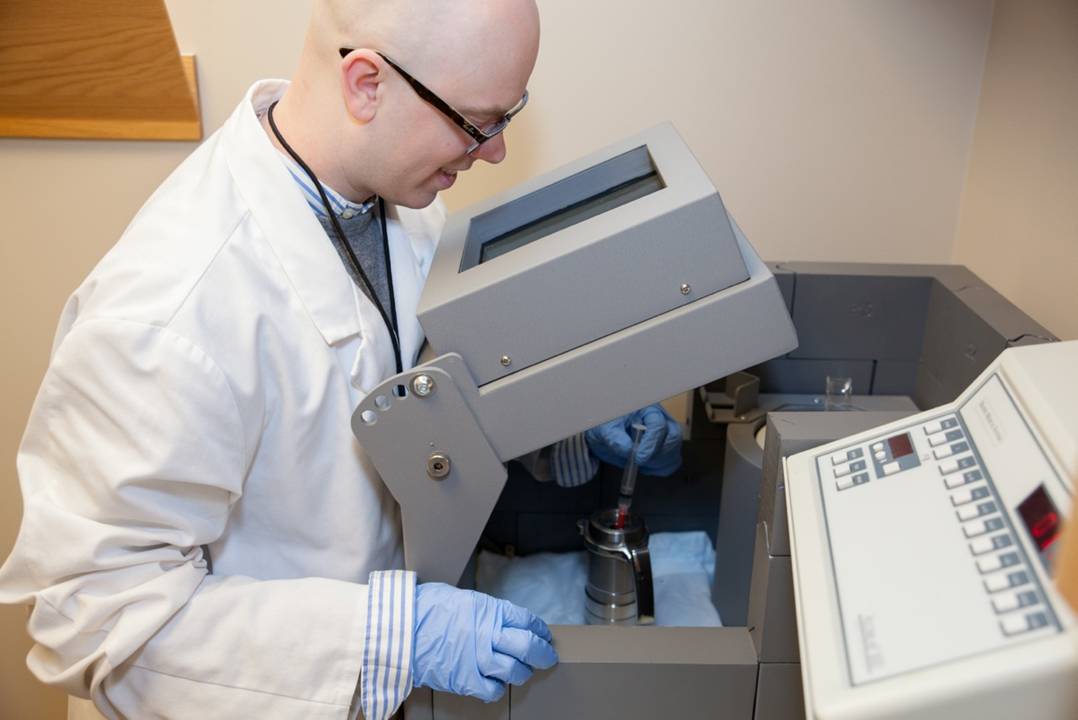Optimization is related to the principle that the radiation dose for the patient should be "as low as possible (ALARA)".
The main effort to optimize radiation protection in nuclear medicine is aimed at reducing the activity of a given radiopharmaceutical. You can also look for the best radiation protection in nuclear medicine via https://med-phys.com/services/medical-imaging/.

Image Source: Google
However, the balance between maintaining efficiency and radiation protection is still quite difficult. As a result, the benefits and potential dangers of some ionizing radiation procedures may differ from country to country, institution, and/or patient.
For example, the most appropriate dose of I-131 is controversial, even after prospective randomized controlled trials have shown that low-dose I-131 ablation therapy is not inferior.
It should be noted that the "optimal" dose worldwide is not a fixed-dose. To comply with ALARA regulations, economic, social, and medical factors must be considered.
In nuclear medicine procedures, in particular, internal radiation is the most complicated topic for optimizing radiation protection. For internal radiation dose calculations, radiopharmaceutical pharmacokinetic data and dosimetric calculations are essential.
For information on patient-internal radiation for basic nuclear imaging or therapeutic methods, see their reports and guidelines. In addition, very detailed information on radiopharmaceutical dosimetry used in humans is described in ICRP publications 80 and 106.
They describe radiopharmaceuticals and organs for calculating doses, biokinetic models for human organs, organ weight factors, and calculating absorbed and effective doses.
It also includes monitoring of the dose and safety of the healthcare professional and the period of discontinuation in patients after imaging with certain radiopharmaceuticals.
